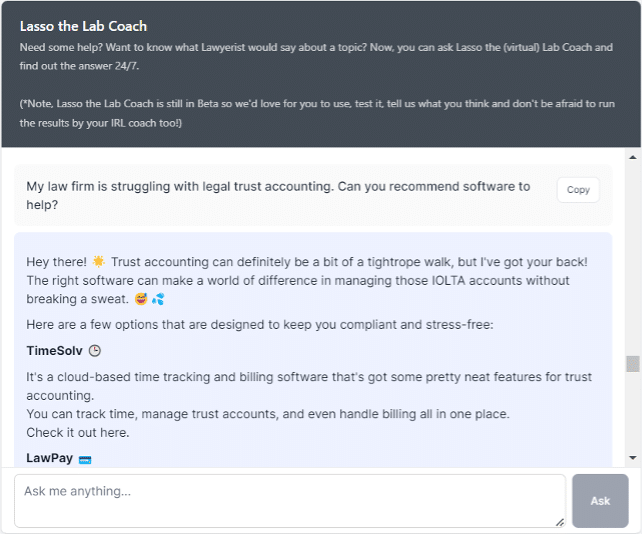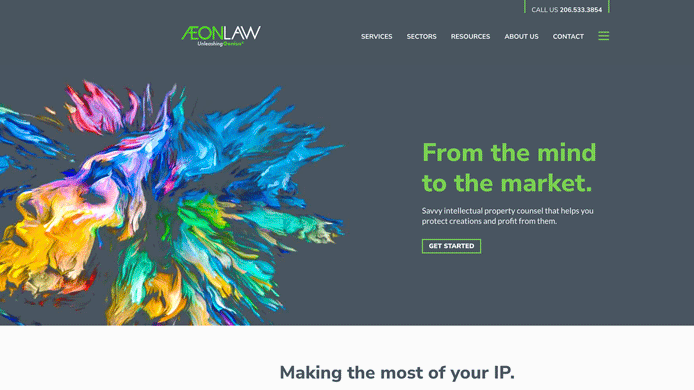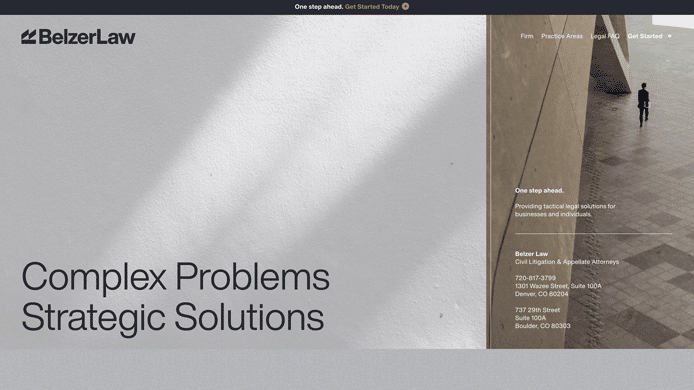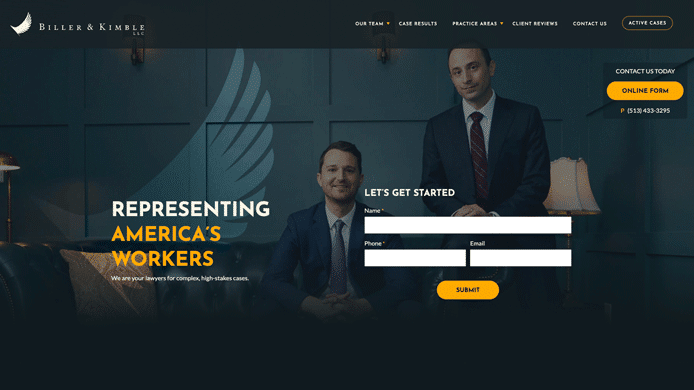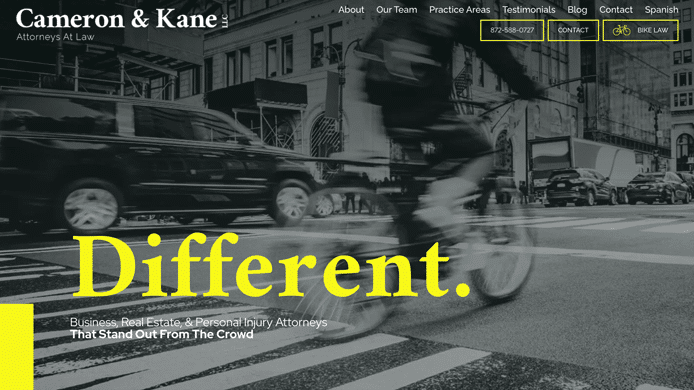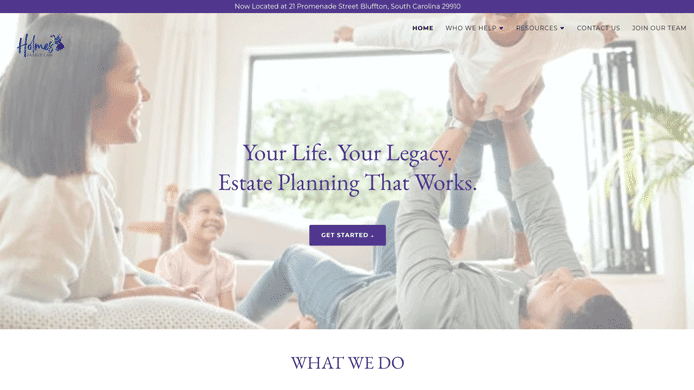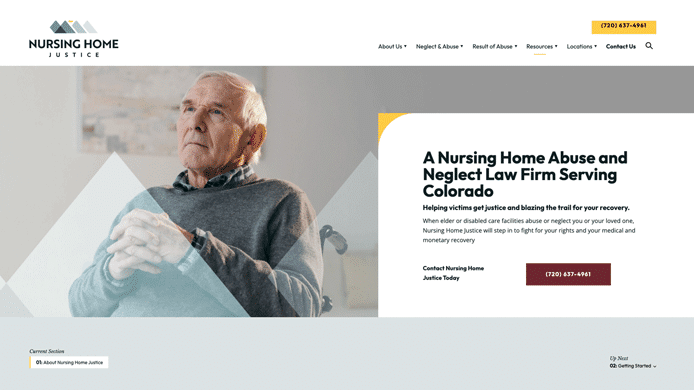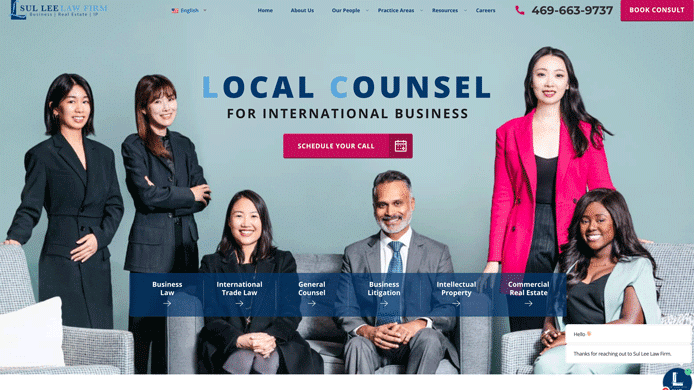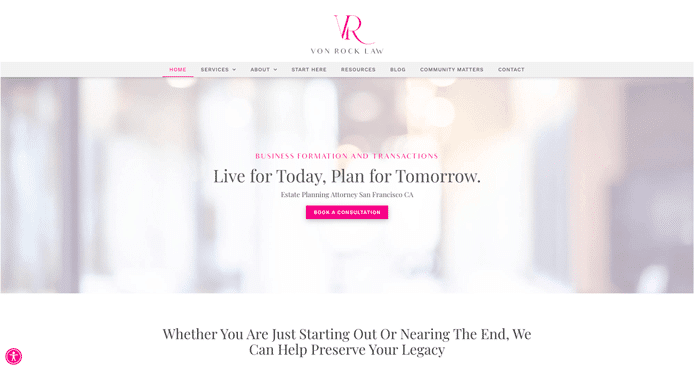“I know we’re on vacation, but let me just take a few minutes to check in.”
It’s a phrase I’ve said too many times to my family on what is supposed to be our vacation. Unfortunately, today’s technology and 24-7 business cycle often mean that vacations aren’t time away from business. There is no respite. Knowledge workers find it difficult to detach from work. Many times, these employees take a vacation with the best intentions, but feel the gentle tug of work calling at them. They find themselves simply working from another location instead of truly taking time away from their day-to-day job.
Yet, the benefits of taking time away from work are compelling.
Understanding the Need to Unplug
Recent studies have supported findings that being able to psychologically detach from work is “linked to lower levels of burnout, fatigue, and physical discomfort, and higher levels of vigor, sleep quality, and overall well-being.”
In another study conducted by the University of California, Irvine, researchers found those who take time away from their technology are likely better at being creative and problem solving.
I know from personal experience that I often have amazing ideas about our business a few days into my vacations. I love coming back from a week away feeling excited and ready to tackle the next problem or capitalize on a new opportunity.
Today’s Vacations are Falling Short
For years, we’ve encouraged our team to take advantage of time away. We have systems and processes in place to help team members think through tasks and responsibilities to ensure everything is covered while they are gone. We document the basics of everyone’s jobs in our operations manual so that we can jump in and cover things as needed. During their time off, if we see them jump into a team chat or respond to an email, we’ll gently remind them that they are expected to “unplug” and that we have things covered. We also remind the rest of the team to be respectful of someone’s vacation and avoid reaching out unless it really is an emergency.
But, as a leader of the business, it can still be a challenge. So, I find myself “just checking in” for a few minutes here and there just to make sure everything is ok. I realized that I’m not modeling good behavior for the rest of my team. Instead of leading the way, I’m part of the problem. My behavior hurts both me and the team. This conundrum was top of mind when I revisited our paid time off policy late last year.
Mandating the Entire Team Take a Week Off
I knew that I wanted to create an easy path for the entire company (including me!) to take time away from work and really have a break from work. Our answer was to simply declare 15 days when the entire company would be shut down for business. Yes, most of those days are the Federal holidays when many businesses in America close shop, but we added four additional days during the July 4th holiday. The result is an entire week when the company is closed (when July 4th falls on a weekend, we will close the first week of July).
That’s right—we’re shutting down for a week!
Addressing Concerns: Why This is Our Right Choice
I’ll be honest: Not everyone was excited when they first heard the news. Those that spoke up didn’t like the idea of being “forced” to take vacation during that holiday week and suggested that costs may be more during an already busy travel time. We reminded them that they don’t have to travel that week and that our very generous flexible paid time off (PTO) policy encourages them to take ample vacation. In fact, they certainly can (and should) take other weeks off as well. So maybe those folks can just enjoy a week unplugged at home.
In the end, we valued everyone knowing they could have a week without any expectations of work because we closed the entire business and decided to go forward with our plan.
As we are getting closer to the first shut down, most people seem to be excited and are discussing how they plan to spend the week away from work.
How We Plan to Ensure a Smooth Transition
Of course, we aren’t just going to close shop and hope for the best. We have been discussing the shut down for six months to ensure we didn’t schedule any important client work during the week of July 4th or during the beginning of the following week. We have also discussed our plans with our clients. We know most (if not all) of our clients share our values and have been understanding and even inspired by our move.
It’s easy to tell ourselves that something like this will upset clients, but that is our own story and our own fears and excuses talking. We are choosing not to make these assumptions about our clients. Of course, if anyone is concerned, we will address it with them directly and create a plan.
Returning with Renewed Energy
I’m excited to report that my family is planning our first family trip to London, Edinburgh, and Paris. We are in the throes of looking at a ghost tour and a Jack the Ripper tour (I have a 13-year-old) and planning day trips to castles and museums. The other night, my husband noted that one of the hotels didn’t have free Wi-Fi and I simply shrugged and said “Okay. I won’t need it!”
While this is more of a “trip” than a vacation where I’m sitting at the beach for a week (I love those, too), I am confident I’m going to return with a renewed spirit and focus ready to work. I’m excited to hear how my team will return as well.
One thing I’m pretty sure about—no one will be too angry for being forced to take some time away. They might even surprise themselves! I’ll make sure to write a follow up story with our findings.
Steps Your Firm Can Take to Create Unplugged Time Off
Even if you’re not ready to close for a week, I encourage every firm leader to consider these steps to ensure your team can take a much needed break away from work this summer:
- Check in with each team member to confirm they have PTO scheduled—just having you ask them reinforces the idea that this is not just allowed but expected!
- Create a checklist team members should follow before taking PTO that includes who will cover their tasks. This allows them to step away more easily knowing work and tasks are covered. You’ll also know who to go to if something does come up while they are away.
- Have everyone on the team create a 1–2-page document of things someone should know about their job. This is a great reference for when team members are out unexpectedly.
- Tell your team you expect them to take unplugged time away and not check-in; remind everyone else on the team they must honor everyone’s PTO (including yours!).
- Create client-facing communications reminding your clients of your firm’s values and how you treat paid time off for your team. Request that clients honor your policies and connect with a designated person when their contact is away (like this article—see what I did there!).
With a little preparation, you can set your team and yourself up for time away this summer and throughout the year.
Here’s to some great respites from work leading to renewed energy, focus, and health benefits!
Bon Voyage!!
